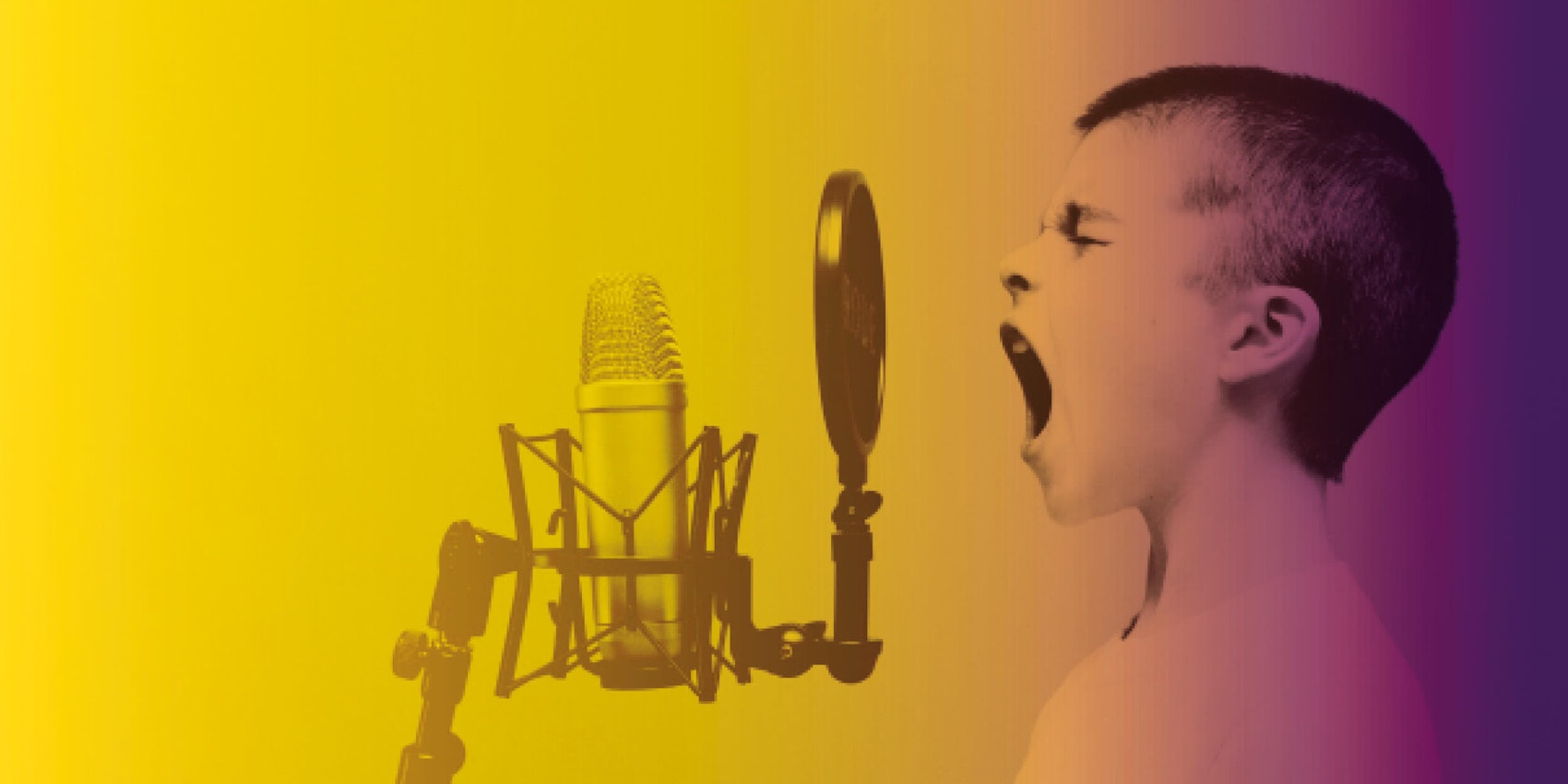
I’ve been working in programmatic for eight years now, and I find the rate of its growth as the primary means of buying digital media incredible. It’s accelerating and evolving so quickly that the landscape now is hugely different to how it was when I was first introduced to the industry.
Being locked down over the last few months, I’ve had the time to reflect on those changes. And I’ve taken the chance to go back to basics, to relearn what I thought I know, and update my knowledge accordingly. And that’s what got me thinking about DSPs (demand-side platforms) and how picking the right one is essential to any digital marketing strategy.
What is a DSP?
A demand-side platform (DSP) is a piece of software that lets advertisers access and buy digital advertising inventory in an online auction. They work in exactly the same way you buy paid search and social, but DSPs usually refer to buying ads programmatically through the open-web and not a closed platform. (For more info on that, you can read our blog on programmatic trading.)
Within a DSP, you can get access to ad inventory across a variety of channels (display banners, mobile, video, audio, Digital OOH, and TV). And you also control what kinds of people you want to target, the ways you want to reach them, and the data you use to determine those factors.
So, when you’re thinking about DSPs, you’re really thinking about the big targeting questions: what demographic are you targeting? How do they behave? What makes them different? What are their interests?
How does a DSP work?
I’ve tried explaining DSPs to my friends and family countless times, with varying degrees of success. They are complicated things.
But, I think the best way of explaining a DSP is to use an example of something we’re all pretty familiar with: ordering food.
In the wake of COVID-19, lots of restaurants have had to adapt their model so they can keep themselves going while still providing great meals to their customers. Food delivery apps have helped restaurants stay afloat while eating out is more difficult or impossible.
And that’s where the metaphor starts. Going to a restaurant and eating in is like traditional media buying: you go directly to the source. Just like at a restaurant, where you have a direct relationship with the owner or the staff, when you buy traditional media you deal directly with a publisher who makes a deal to show your advertising in a certain place, a certain amount of times, to certain audiences.
Then came takeaways: restaurants selling their own food through their own channels, either over the phone or online. In the media world, that’s like the expansion of the digital economy to include media giants like Facebook and Google. We call them ‘Closed Web’ environments: you can buy places to show your ad with them, but only the inventory they serve. In other words, it’s a bit more convenient than the traditional model, but you’re still limited to a single selection.
And so we come to the third way. Over the last few years, we’ve all become familiar with food delivery apps that let you access multiple restaurants all in the same place, make decisions based on quality of food, price, cuisine, time to deliver, fees, and a wide range of variables. And that’s just like a DSP. Through a single interface, you can connect with a wider range of media options than traditional media buying or dealing with one publisher at a time.
Just as with food delivery apps, where there are different apps that have exclusive access to restaurants, different offers and different choices, there are a range of DSPs that offer different possibilities with regards to customisation, access to data, networks, channels, media pricing, fees, capabilities, and so on.
So, just as some people have lots of different food apps on their phone to get exactly what they want, whereas some just stick to one, businesses also need to consider which DSP or combination of DSPs is going to work for them.
Working out what works for you
There are various factors you need to consider when choosing the right DSP for your business, but that’s going to be the topic of a whole new post.
But to give you a sense of how these things evolve, our own DSP story is one of evolution and expansion. MiQ started operating solely on the AppNexus DSP back in 2010. Over the last ten years, as we’ve grown, the number of DSPs we work with has grown too, so that by 2020, we’re operating across not just AppNexus, but Google’s DV360, Amazon Advertising Platform (AAP), The Trade Desk, and iPinYou for the Chinese market. We made the decision to expand based on our need to extend our capabilities to our clients in the market.
There is no one way or right way do choose a DSP. But hopefully you now have a better understanding of what DSPs are for, why you need them, and why you need to think carefully about which ones you work with as you step into the world of programmatic or shift what you’re already doing within that space.
Either way, there are experts out there who can help.


